Facing shoulder surgery requires upfront preparation to ensure the best health outcomes and a smooth recovery after suffering a shoulder injury. In this guide, you’ll discover the essential steps for preparing for shoulder surgery—ranging from understanding your specific surgery and modifying your lifestyle, to engaging with your surgical team and setting up post-surgery support. Each section provides straightforward strategies to tackle the practical aspects of surgery preparation, aiding your journey toward regaining strength and mobility in your shoulder.
Key Takeaways
- Shoulder surgery includes rotator cuff repair, shoulder arthroscopy, and total joint replacement, each targeting different issues with specialized procedures for pain relief and improved function.
- Preparation for shoulder surgery involves lifestyle changes such as quitting smoking and reducing alcohol, organizing home and work life for a smoother recovery, and proactive communication with the surgical team.
- Post-surgery recovery encompasses adhering to a personalized rehabilitation plan, managing pain, being aware of potential complications, and ensuring proper support systems are in place for a successful healing process.
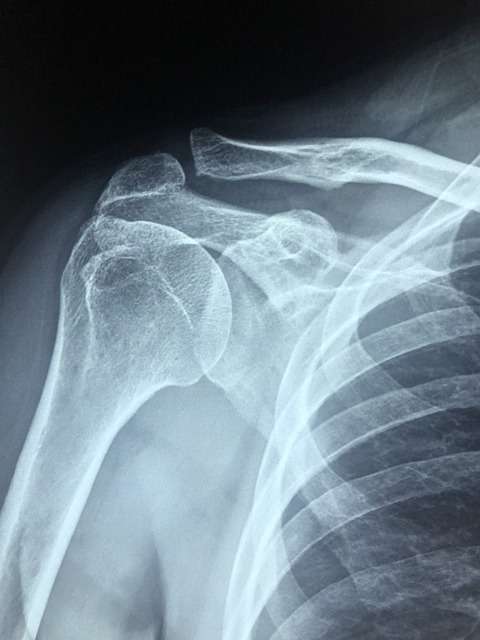
Understanding Shoulder Surgery Types
Shoulder surgery can take various forms, depending on the specific condition or injury being addressed. The three most common types are rotator cuff repair, shoulder arthroscopy, and joint replacement. Each of these procedures aims to restore stability and functionality to the affected shoulder.
Familiarizing yourself with shoulder procedure options and following shoulder surgery recovery tips will help you better prepare for shoulder surgery, thereby speeding up your recovery.
Rotator Cuff Repair
Rotator cuff surgery, also known as rotator cuff repair, is a common type of shoulder surgery aimed at alleviating pain and restoring function to the shoulder. During this procedure:
- The torn tendon, which is part of the rotator cuff tendons, is reattached to the head of the humerus (the upper arm bone).
- This reattachment allows the muscles and tendons in the rotator cuff to function properly again.
- It reduces pain and improves the range of motion in the affected shoulder.
The effectiveness of rotator cuff repair largely depends on the patient’s dedication toward their recovery, which includes diligently following the prescribed physical therapy program and making appropriate lifestyle adjustments. With consistent effort, you can regain full function in your shoulder and get back to your normal activities.
Shoulder Arthroscopy
Shoulder arthroscopy is a minimally invasive surgical procedure that diagnoses and treats various shoulder conditions. The procedure involves making small incisions in the shoulder and inserting specialized instruments to examine and repair the shoulder joint. Common conditions treated by shoulder arthroscopy include rotator cuff tears, labral tears, and degenerative arthritis.
Advancements in shoulder arthroscopy emphasize minimally invasive techniques, which often result in less post-operative pain, shorter hospital stays, and quicker recovery times. The goal of shoulder arthroscopy is not only to treat the existing condition but also to prevent further injury by addressing any underlying issues that may contribute to shoulder instability or pain.
Joint Replacement
Total shoulder joint replacement becomes a viable option when severe shoulder conditions require the replacement of the natural ball and socket joint with artificial components. The replacement process involves removing the damaged components of the shoulder joint and replacing them with artificial parts crafted from safe, long-lasting materials.
Joint replacement surgery aims to alleviate pain and restore normal function to the shoulder. Post-operative physical therapy is crucial to regain full range of motion and strength in the affected arm. With proper care and adherence to post-operative guidelines, patients can expect significant improvement in shoulder function and a return to regular activities.
Pre-Surgical Lifestyle Adjustments
The choices you make in your day-to-day life greatly influence your recovery and the prevention of potential complications. Notably, quitting smoking is one of the main pre-surgical directives, as nicotine and chemicals in cigarettes interfere with healing. Numerous programs and resources are available to support you in quitting smoking, such as the National Alliance for Tobacco Cessation’s ‘Become an EX’ and the American Lung Association’s ‘Freedom from Smoking’.
Another essential lifestyle adjustment is reducing alcohol intake before surgery. Short-term abstinence from alcohol can drastically lower complication risks and shorten hospital stays. In addition, maintaining a healthy diet of unprocessed foods can further promote recovery. If you are overweight, consider a weight loss plan well ahead of surgery, but avoid dieting the month before to ensure sufficient nutrition for recovery.
Communicating with Your Surgical Team
Maintaining a clear line of communication with your surgical team significantly contributes to successful surgery preparation and recovery. It’s imperative to follow pre-surgical instructions, such as:
- Disclose any medications or supplements you are currently taking to your doctor and surgeon
- Disclose any health concerns or recent changes in your health
- Report any illness such as a cold or flu leading up to your surgery immediately to your healthcare provider.
At Plancher Orthopaedics & Sports Medicine, we prioritize patient communication and are committed to addressing all your concerns. We understand that different patients have different communication preferences, from traditional letters to phone calls, texts, or secure online messaging. Our team is flexible and can adapt to your preferred method of communication to ensure clear and effective delivery of preoperative instructions.
Organizing Home and Work Life
Getting your home and work affairs in order before surgery can greatly facilitate a smoother recovery process. Here are some steps you can take:
- Notify your workplace or school about your surgery and expected recovery time to ensure you have adequate time off for proper recuperation.
- Stock your pantry and fridge with pre-prepared meals, high-fiber foods, and over-the-counter laxatives for constipation relief.
- Prepare personal treats for comfort.
By following these steps, you can make your recovery process more manageable.
Consider reorganizing your home for easy access to frequently used items. Some tips for organizing your home after surgery include:
- Obtain tools to help with bathroom safety and independence
- Ensure a sufficient supply of toiletries
- Organize your medications in a medicine box to minimize post-surgery hassle and confusion.
During your recovery journey, remember to celebrate incremental achievements and maintain a positive outlook to better cope with the healing process.
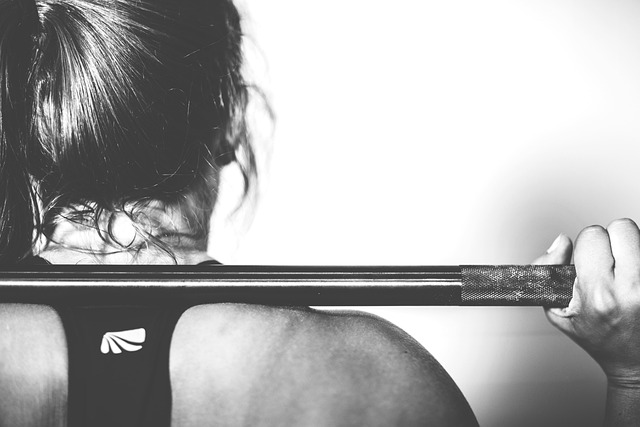
Physical Therapy and Exercise Preparation
Participating in pre-surgery physical therapy and exercise can significantly enhance your recovery results. Physical therapy can lead to:
- the return of full range of motion
- increased strength
- flexibility
- shorter hospital stays due to reduced muscle atrophy and improved balance
Orthopaedic specialists can recommend a prehabilitation period tailored to your individual needs, ranging from several weeks to as little as two weeks before surgery.
Physical therapy exercises, guided by a physical therapist, aim to restore strength, flexibility, and regular movement, starting with using the non-dominant hand for tasks and gradually progressing to more challenging exercises. Remember, the success of your recovery largely depends on your commitment to the prescribed physical therapy program.
Selecting Appropriate Clothing and Footwear
The selection of suitable clothing and footwear after surgery can greatly affect your comfort levels and mobility during the surgery recovery period. Opt for easy-to-wear options like front-buttoned shirts or blouses with magnetic closures over traditional buttons, and adaptive clothing such as open-back tops to avoid raising your arms overhead.
Loose-fitting clothes can help manage post-surgery swelling and improve airflow. Consider elastic-waisted pants with side zippers and underwear with front openings for ease of dressing with one hand. As for footwear, slip-on shoes or those with Velcro are recommended as they are easy to put on and take off without excessive bending or using your arms.
Planning Post-Surgery Support
Support after surgery is a critical component of your recovery journey. Organize a contact person to drive you home after surgery and check on you, especially if you live alone. Also, confirm help from friends or relatives for transportation to appointments in the initial weeks after surgery.
Beyond physical assistance, emotional support plays a critical role in recovery. Having friends and relatives accompany you during recovery can help keep your spirits high and provide the necessary assistance as needed. Remember, it’s okay to ask for help. Your loved ones want you to recover just as much as you do.
Navigating the Recovery Process
The journey of recovering from shoulder surgery demands patience and strict compliance to post-surgery directives. Pain management often involves prescription medications, and it’s recommended to take pain medicine before the pain becomes severe. Applying cold packs to reduce inflammation, engaging in physical therapy, and using ice packs or cold therapy systems can ease pain and swelling.
It’s also crucial to keep surgical incisions clean to prevent infection. Here are some guidelines to follow:
- Dressings should be maintained as per the surgeon’s instructions until the stitches are removed, usually 1 to 2 weeks post-surgery.
- Remember to limit movement and wear a sling to avoid reinjury during recovery.
- Follow post-surgery guidelines carefully to ensure proper healing. Your dedication to these guidelines will accelerate your healing process and get you back to your regular activities sooner.
The Importance of Post-Surgery Rehabilitation
Rehabilitation after surgery is a vital step in regaining shoulder function and ensuring proper healing. A comprehensive and personalized rehabilitation plan, developed through close collaboration between the physiotherapist and surgeon, can progress from:
- Pain management
- Range of motion exercises
- Strengthening exercises
- Stretching exercises
- Functional exercises
These exercises are tailored to your needs and will help you regain strength and mobility in your shoulder.
The typical rehabilitation period extends to about 4 months post-surgery, which can vary depending on the severity of the injury and the type of surgical repair. Stick to the rehabilitation exercises recommended by the physiotherapist. They aim to:
- Restore the scapula-humeral rhythm for maximum range of motion
- Enhance the stability of shoulder muscles
- Incorporate weight-bearing and range-of-motion exercises to condition the shoulder for optimal activity levels.
Recognizing Potential Complications
Although most shoulder surgeries go smoothly, staying alert to possible complications allows for quick responses should any arise. Pay close attention to signs of infection after shoulder surgery, such as:
- pain and stiffness
- high temperature
- redness
- swelling
- the potential presence of discharge at the surgical site
If you experience any of these symptoms, contact your surgeon immediately.
Excessive or worsening pain, swelling, changes in skin color, decreased mobility, difficulty breathing, chest pain, or allergic reactions are also troubling symptoms that require prompt communication with healthcare providers. Remember, your health and safety are the top priority. Don’t hesitate to reach out to your healthcare provider if you experience any of the following complications:
- Excessive or worsening pain
- Swelling
- Changes in skin color
- Decreased mobility
- Difficulty breathing
- Chest pain
- Allergic reactions
Summary
In conclusion, preparing for shoulder surgery involves several steps, from understanding the type of surgery you’ll undergo, making pre-surgical lifestyle adjustments, and communicating openly with your surgical team, to organizing your home and work life, engaging in physical therapy, selecting appropriate clothing and footwear, planning post-surgery support, navigating the recovery process, and recognizing potential complications. Adhering to these steps can significantly improve your recovery outcomes and get you back to your regular activities sooner. Remember, every step you take towards preparation and recovery is a step toward regaining your health and vitality. If in need of shoulder surgery contact Plancher Orthopaedics today and find out how we can help you recover from your shoulder injury!
Frequently Asked Questions
What is the fastest way to recover from shoulder surgery?
The fastest way to recover from shoulder surgery is to keep your shoulder immobilized, follow your physical therapy routine, organize your home, get help with driving, set up a comfortable sleep space, eat healthy foods, and ask your doctor or physical therapist if you have any questions. Additionally, ensure you have enough help at home, be cautious during sleep, prioritize rest, adhere to the recommended physical therapy plan, watch for complications, and be mindful of your movements.
What are the rules before shoulder surgery?
Before shoulder surgery, remember not to eat or drink after midnight. Also, follow the instructions for taking your medications with just a sip of water. These steps are important to ensure a successful surgery.
What should I avoid before shoulder surgery?
Before your shoulder surgery, avoid anti-inflammatory medications and blood thinners, as they can increase the risk of bleeding. Inform your surgeon if you are taking any drugs to prevent blood clotting.
What do I need at home after shoulder surgery?
After shoulder surgery, it’s important to have a button-down, oversized shirt, a long-handled back washer, a pillow wedge for sleeping, and a medicine box for necessary medications close by. Consider a detachable shower head, a front-closure bra, a shower chair if you’re unsteady, and pre-made or frozen meals for convenience.
What are some common types of shoulder surgeries?
Common types of shoulder surgeries include rotator cuff repair, shoulder arthroscopy, and joint replacement. These procedures can address a variety of shoulder issues and improve overall function.






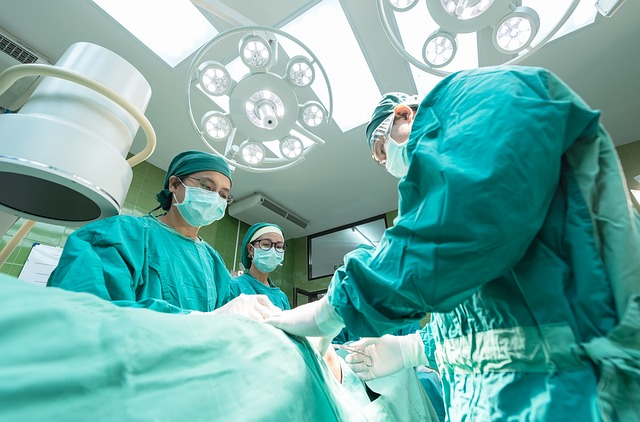
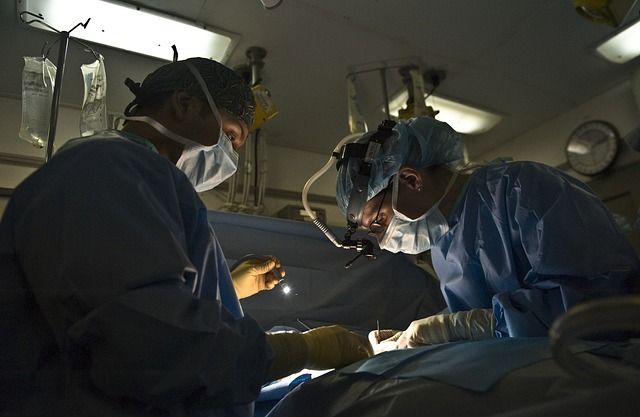
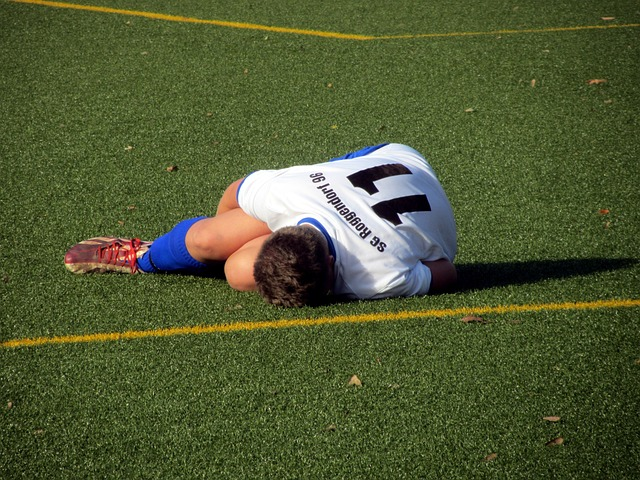
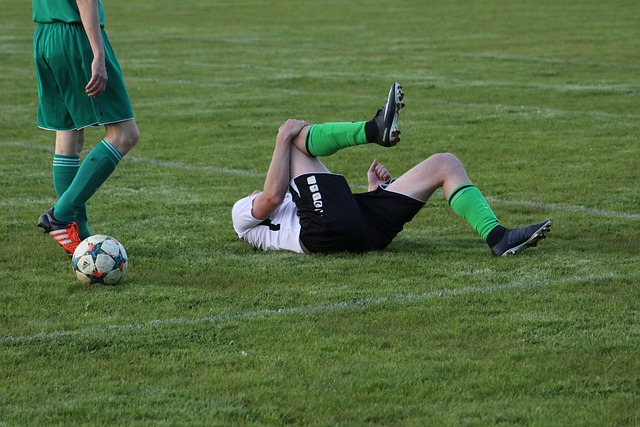



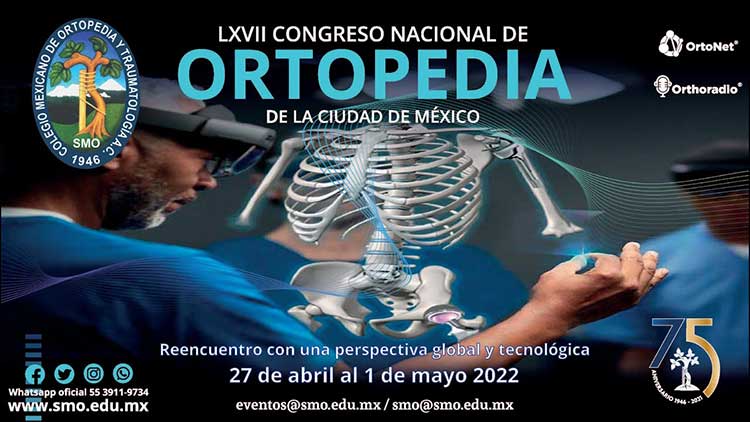





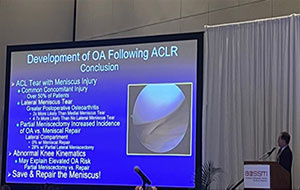

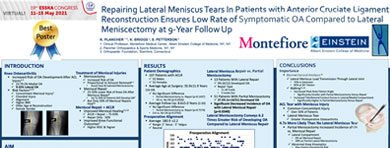
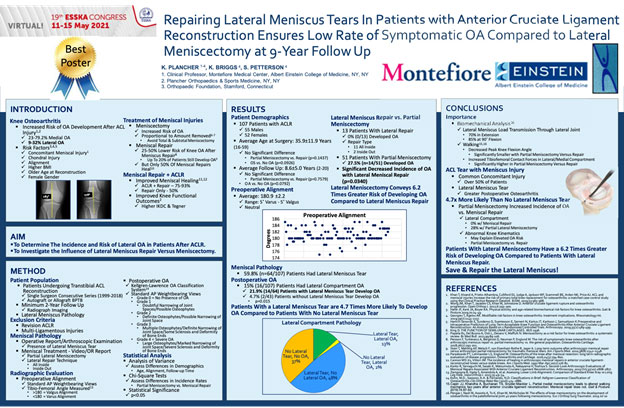

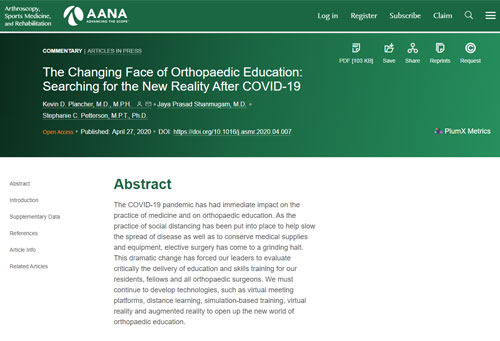

 William D. Murrell, MD
William D. Murrell, MD Thomas B. Evely, DO
Thomas B. Evely, DO Clifford Voigt, MD
Clifford Voigt, MD Karthikeyan Chinnakkannu, MD
Karthikeyan Chinnakkannu, MD Max N. Seiter, MD
Max N. Seiter, MD Demetris Delos, MD
Demetris Delos, MD Lauren M. Fabian, MD
Lauren M. Fabian, MD